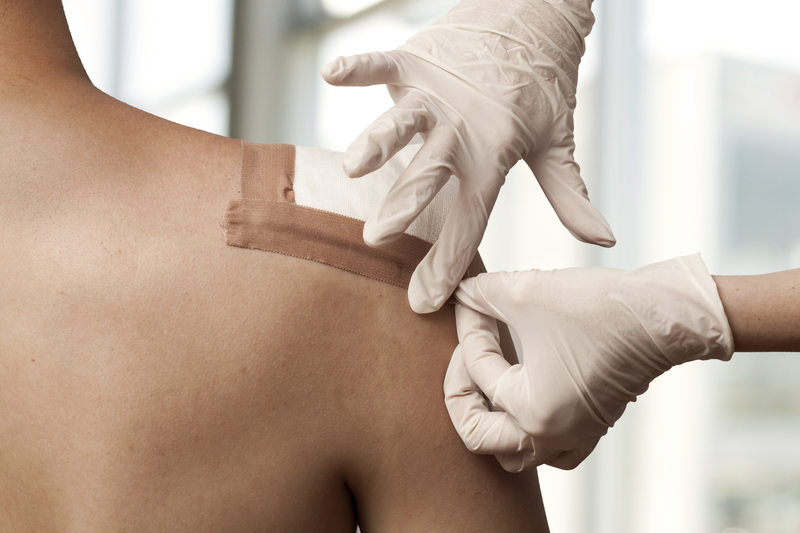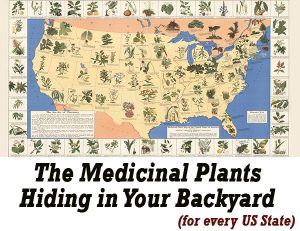As the name suggests, an open wound is an injury that has resulted in an opening in the skin. Minor versions are commonplace and can be treated at home with over the counter first aid products. Fundamental wound care is a useful skill to have in any situation. Keeping a First Aid Kit handy can go a long way to ensuring they don’t develop complications.
In this post, we’re going to take a quick look at the different types of open wounds that can happen as well as basic instructions on how to care for them.
TYPES
There are four different types of open wounds. Knowing their classification can be very helpful in an emergency situation. Often when calling 911, the operator will ask you the nature of the injury. The ability to accurately describe the different types of open wounds will help EMT’s prepare for what they will be dealing with on arrival.
Abrasion
Probably the most common, an abrasion is essentially a scrape. Most of us probably had scraped knees (and elbows, and ankles, etc.) more than once growing up. If you were one of us, you probably remember there isn’t a lot of bleeding.
Avulsion
This type is probably the least common since they usually happen as a result of violent incidents such as explosions, gunshots, or severe traffic accidents. Avulsions involve a partial or complete tearing away of the skin as well as the tissue underneath. They bleed heavily. These injuries should definitely be treated by a professional.
Laceration
Deep cuts or tearing of the skin are referred to as lacerations. They usually involve sharp tools, knives or broken glass. Shallow versions will have mild to moderate bleeding, while deep cuts can bleed much more quickly and at a faster rate, especially if an artery is severe in the process.
Puncture
Just like in a tire, punctures are small holes through the skin into the underlying tissue. They can be a result of nails, needles, or any other thin sharp objects.
Punctures may not bleed excessively. You should determine if the wound is deep enough to damage any internal tissue or organs. If it is, or you’re not sure, seek medical help immediately.
TREATMENT
For minor wounds, such as shallow scrapes, cuts, and tiny punctures, home treatment is usually standard. The primary concern is generally to make sure its cleaned thoroughly to get rid of all dirt and other debris.
To control bleeding, just apply light pressure until it stops. Smaller scrapes can be covered with an antibiotic ointment and finished with an adhesive bandage. If the area of the scrape is more extensive, an antibiotic ointment can still be used. After application, a sterile dressing created from gauze, and medical tape can protect the whole area.
Any pain management can be accomplished by taking over the counter non-aspirin products like acetaminophen or ibuprofen.
Just avoid aspirin since it is also a blood thinner that can make bleeding more challenging to keep under control.
If bruising or swelling also occurs, treat with an ice pack.
When to see a doctor (If Possible)
If any of the following can be answered with a “Yes” about the wound in question, seek medical care instead of trying to address it yourself.
- Is the open wound deeper than 1/2 inch?
- Does the bleeding continue despite applying direct pressure?
- Has the bleeding lasted longer than 20 minutes?
- Is the bleeding a result of a severe accident?
If any of the above applies to your situation, or if you aren’t sure, its best to let a professional assess and treat the injuries to help avoid any complications in the future.




